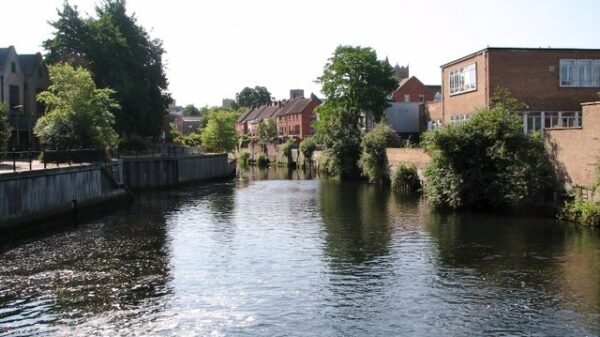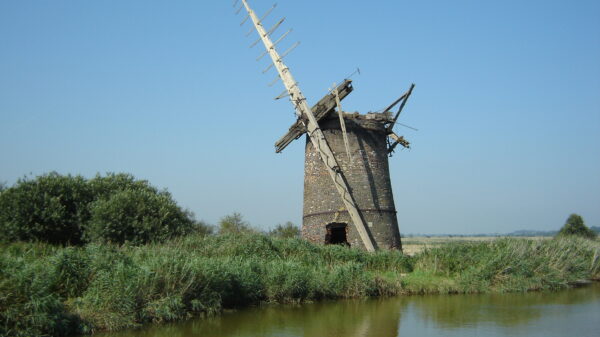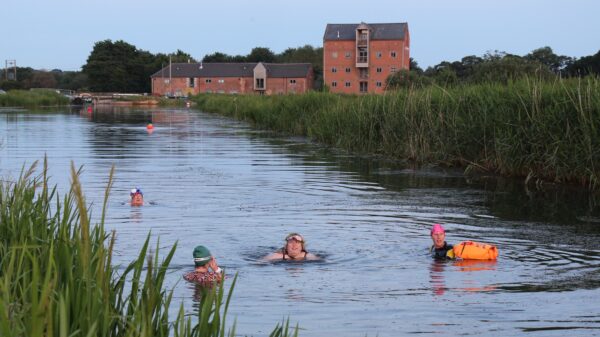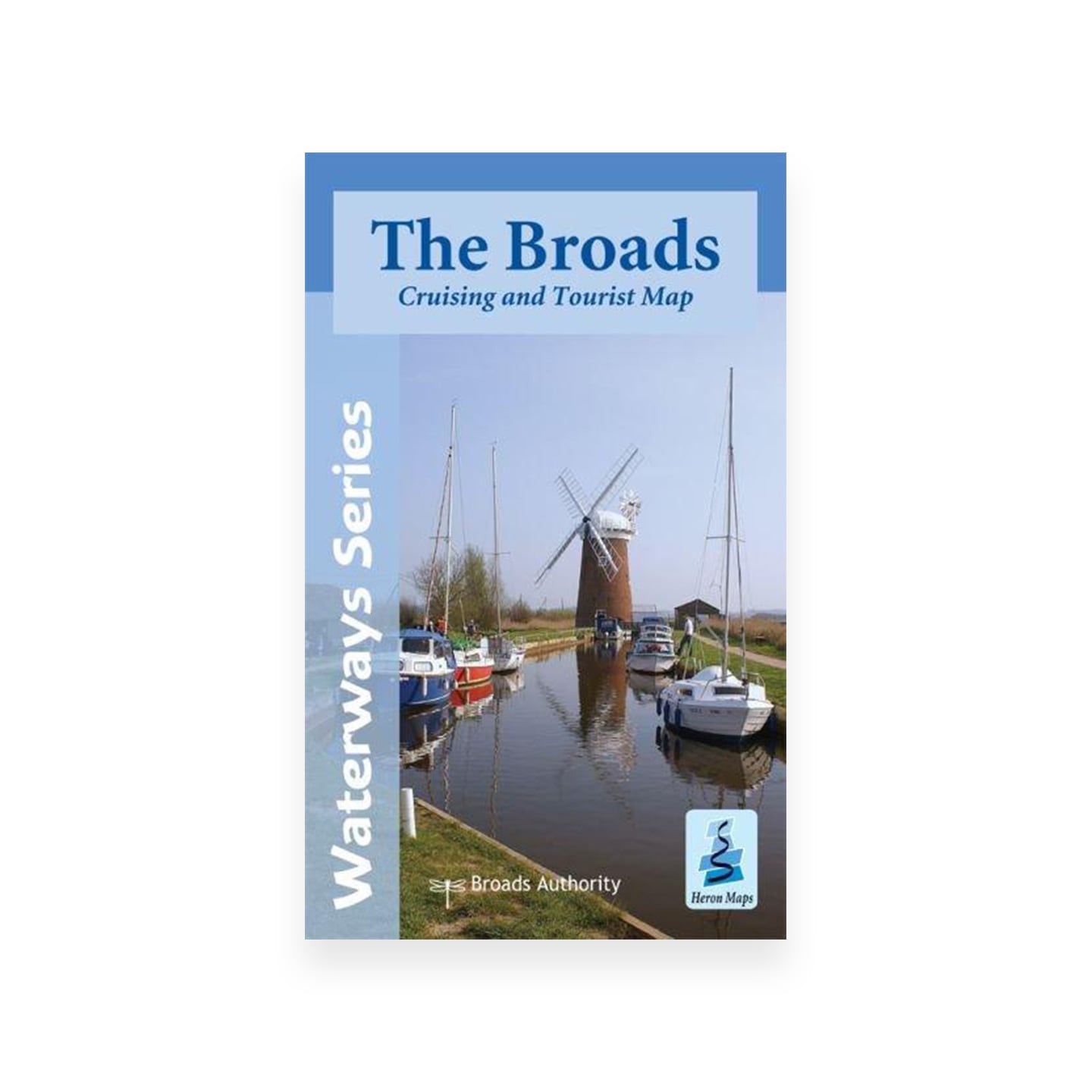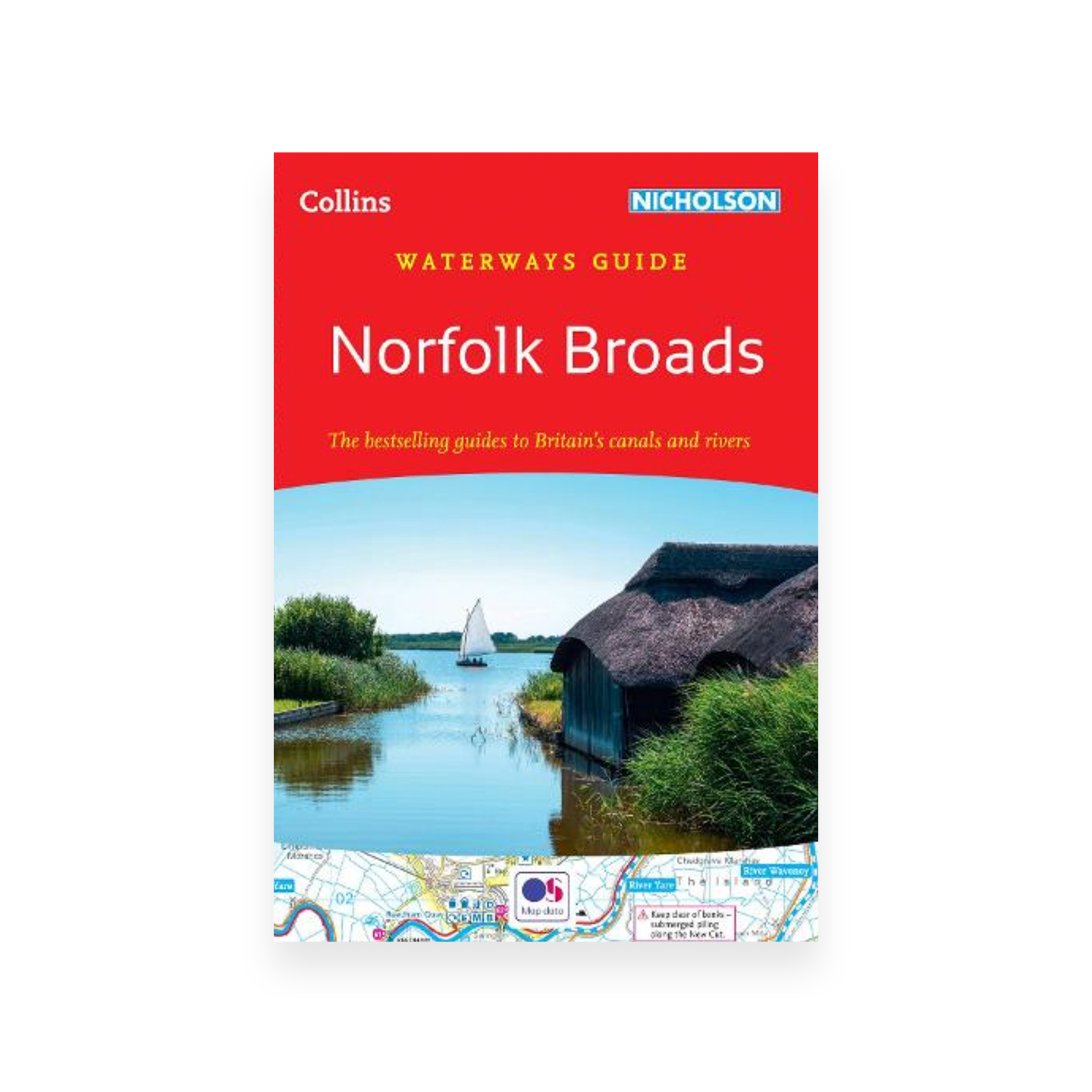The Main rivers and cuts of the broads
Man-made dykes, channels and basins have been added to the main rivers and broads, and the legal status of some of these is unclear.
The main rivers and cuts comprising the Norfolk & Suffolk Broads are:
- River Ant – 8.3 miles (12.2 km)
- River Bure – 31.3 miles (50.3 km) with a further 9 miles (14.5 km) and 5 locks derelict
- River Chet – 3.5 miles (5.6 km)
- Haddiscoe New Cut – 2.5 miles (4 km)
- Oulton Broad and Dyke – 4.5 miles (7.2 km)
- Stalham Dyke – 1.6 miles (2.4 km)
- River Thurne – 5.8 miles (9.2 km)
- River Waveney – 21.6 miles (34.7 km), and 1 lock, with a further 4.2 miles and 3 locks derelict
- River Yare – 31.6 miles (50.8 km)
The river Ant connects to the North Walsham & Dilham Canal, which is currently closed but under restoration.

